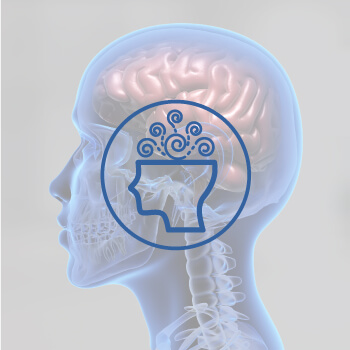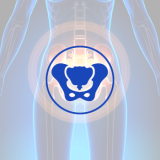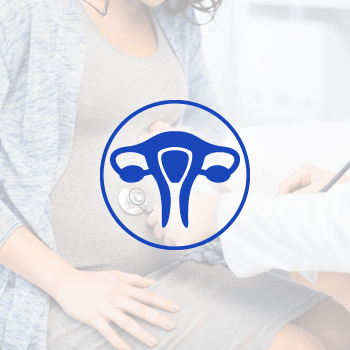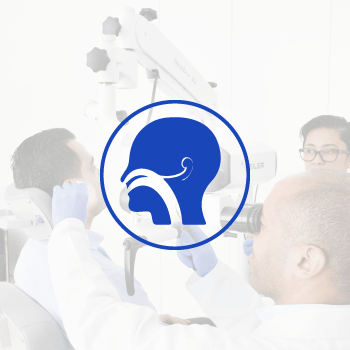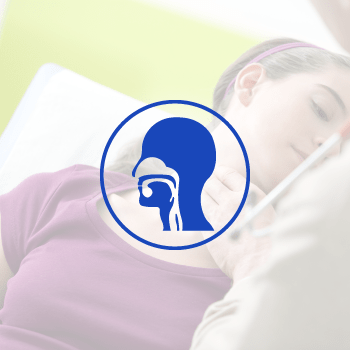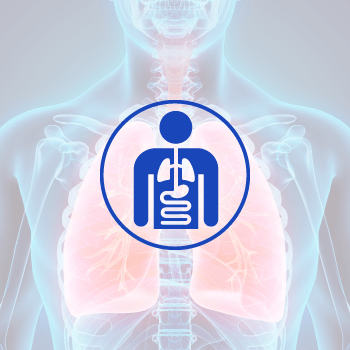PEDIATRIC RESPIRATORY ALLERGY
An allergy occurs when the immune system reacts to a harmless substance, known as an allergen, triggering various symptoms. Children frequently experience allergies, and these reactions can manifest in diverse symptoms.
You might have heard the pediatrician say that your child has ‘wheezing’, or even have felt yourself a wheezing sound coming from your child chest.
For younger babies, parents can feel a bubbling or purring sound when they put both hands on their babies’ chest. As in a whistle, the wheezing is the sound of air passing through a reduced conduct. The conduct is the airway, which is reduced in size due to inflammation. This is what happens in asthma, but in children the inflammation is mainly due to viral infection; therefore, during viral illnesses, many young children tend to have intermittent wheezing, and to outgrow the symptoms as getting older.
In some cases, with more persistent symptoms, allergy might also play a role.
- Symptoms:
- Respiratory Symptoms:
- Sneezing
- Runny or stuffy nose
- Coughing
- Wheezing or shortness of breath
- Skin Symptoms:
- Itching
- Hives (red, raised welts on the skin)
- Eczema or other skin rashes
It has been estimated that between 30 and 70 percent of children with asthma are markedly improved or asymptomatic by early adulthood.
While the evolution is usually very good, still children can be very sick during the attacks and need to be treated by pediatrician. To target the airways, medication has to be inhaled.
Not performing the inhalation correctly leads to poor symptoms control and increases the risk of adverse effects. To ensure effective inhaler use, inhalers must be prescribed together with a spacer and the technique must be explained and revised periodically.

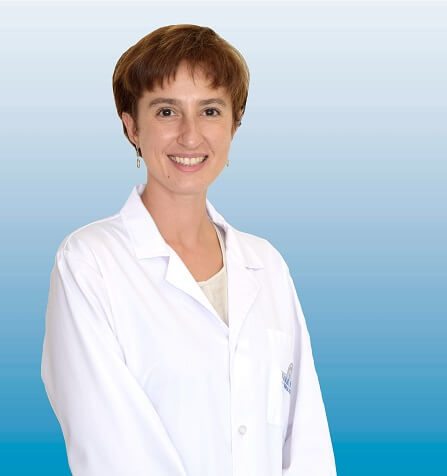
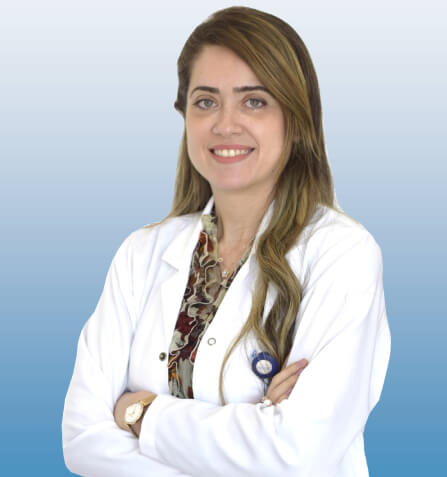




 أنقر هنا
أنقر هنا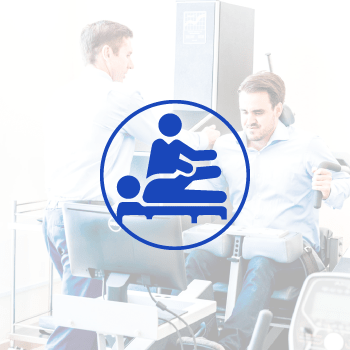 أنقر هنا
أنقر هنا
